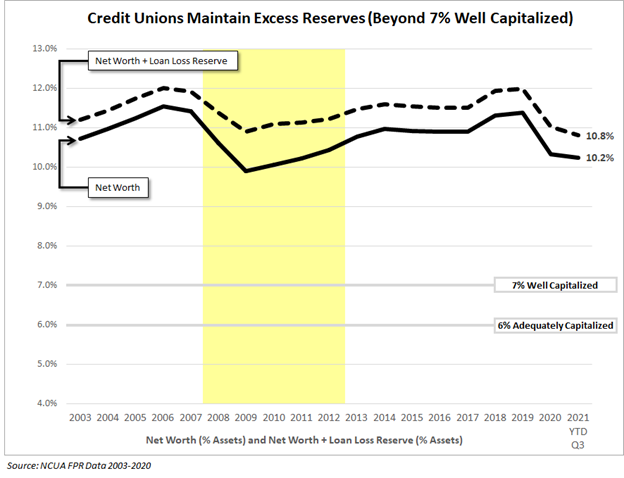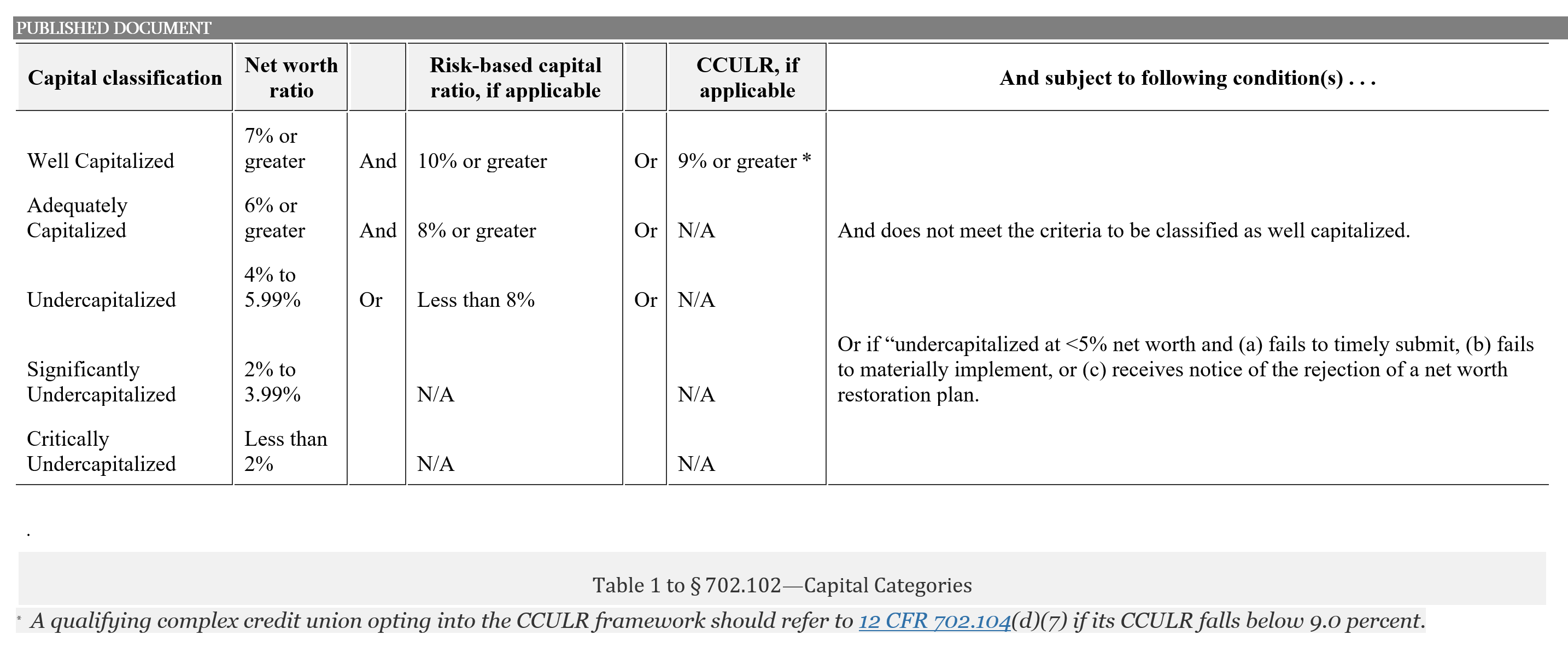The first question Hawaiian League President Dennis Tanimoto asked following my zoom speech to a conference in late November, had nothing to do with my talk. It was about an event two years earlier at NCUA.
His question: Do you think NCUA’s sales of the taxi medallion loans was a fortuitous decision?
NCUA had announced the sale pf the medallion borrowers’ loans on February 19, 2020 to Marblegate Asset Management LLC a hedge fund specializing in buying “distressed assets.’
I called the sales of these 4,500 loans a betrayal of the borrower-members in a post four days later. NCUA refused multiple FOIA requests for information the board claimed to have used when approving the decision. The cash payment for the portfolio’s book value I estimated at 31 cents per $1 from numbers in a WSJ article.
Marblegate received the discounted loans, NCUA got cash, the NCUSIF (credit unions) were charged for the difference ($700-800 million) and the borrowing members, nothing. Just more payments, at the loans’ remaining value.
NCUA’s McWatters said the agency would follow up to make sure the “winning bidder works with the taxi medallion loan borrowers in a transparent, good-faith manner and in full compliance with all applicable consumer protection laws.”
McWatters is gone. No such efforts were reported. NCUA declined multiple FOIA requests to provide the documents used in their decision. One month later, March 2020, Covid closed down the economy and with it virtually all transportation needs.
I assumed that was the context for the question. Did NCUA in retrospect make the right decision?
My response had two parts. The first was from whose point of view was it fortuitous? NCUA’s in exchanging cash for assets of uncertain value in the insurance fund? The borrowers, who were hit by the economic shutdowns? Marblegate, the purchaser?
I also responded that any assessment depended on what period of time you evaluate the outcome ? Here’s why.
In early November 2021 an agreement between the city, taxi owners and Marblegate was reached as reported in the press:
NYC taxi workers celebrate after medallion debt relief agreement reached; hunger strike over
Under the new agreement, Marblegate will restructure existing loans to a principal of $200,000, with $170,000 as a guaranteed loan and the remaining $30,000 as a grant from the city and a 5% interest rate. The restructured loans will be on a 20-year plan with scheduled monthly payments, which will be capped at $1,122 for “eligible medallion owners.” The city has said they will act as a guarantor for the principal and interest — a longtime demand of the NYTWA — and will negotiate with other lenders to work out the same agreement.
The bailout applies to owners of fewer than three medallions. For those, Marblegate has gained an earning asset worth at least $200,000. This consists of a New York city guaranteed loan for $170,000, a $30,000 cash payment, and a fully collateralized earning asset at 5% for 20 years.
NCUA refused to disclose any details about the portfolio’s sale, but a Wall Street Journal article suggests the loans were sold at an average price between $75 to $100,000.
If accurate, Marblegate doubled their money in about 18 months while earning some interest and principal pay downs on top of this in the meantime.
These borrowers now have a reasonable opportunity to pay off their loans and own the medallion outright.
Only NCUA and credit unions are left with no upside. The NCUSIF loss remains fixed at $750 million in return for $350 million in cash earning 25 basis points (.25%) for assets with a face value of over $1.1 billion.
The hedge fund owners, not the members, received the benefit of this discounted loan sale.
The NCUSIF underwrote the deal in which the Wall Street purchaser more than doubled their money while putting member-borrowers’ fates in the hands of the same for-profit firm.
Credit unions had asked to manage the portfolio on behalf of borrowers, the industry and NCUA. McWatters response: The agency carefully considered a proposal for a public-private partnership to purchase the loans; however, with a firm offer already in-hand and no assurance when, if ever, the proposed partnership might be able to act, the agency could not risk losing its qualified bidder.
Credit unions have seen this picture before. It is direct from the corporate credit union playbook. The industry was denied the chance to resolve its problems as NCUA sought Wall Street financiers to take the responsibility off their hands.
Why Review This Decision Now?
Credit union and NCUA can learn how ignoring options can cost hundreds of millions in recovery potential when selling at the bottom of a market. NCUA continues to miss out on the critical advantage of cooperatives when resolving problems.
Cooperative structure allows time and patience so better options can be developed as markets change and cycles of value recover. As Warren Buffet noted:
“The true investor welcomes volatility. A wildly fluctuating market means that irrationally low prices will periodically be attached to solid businesses. It is impossible to see how the availability of such prices can be thought of as increasing the hazards for an investor who is totally free to either ignore the market or exploit its folly.” (emphasis added)
But if we extend the window out farther, might taxi owners still lose the “solid business” battle and the medallion ownership still remain devalued?
The competition in the on-demand public ride and delivery market is intense. Taxis are in a market disrupted by UBER/Lyft, among others. Can medallion owners compete with these billion dollar unicorns, venture-backed technology platforms relying on hundreds of thousands of gig workers to produce revenue?
One long time CEO medallion lender said the issue will be decided by the drivers, not institutional financial power. He suggested a way to think about the future is to ask: if given a choice between being an owner or an employee, which option would you choose?
UBER’s Yearend Financial Report
His question resonated as I reviewed the latest Uber financial updates as of December 31, 2021.
Uber’s mission statement is now generic, not just ride share: “to create opportunity through movement.” The following are some operating and financial highlights from the report:
- Cannabis pick-up: Announced an exclusive partnership with Canadian cannabis retailer, Tokyo Smoke, to provide consumers with the ability to place orders from Tokyo Smoke’s catalog and unique accessories on the Uber Eats app. Tokyo Smoke is the first cannabis merchant to list itself on the Uber Eats platform.
- Membership: Officially launched Uber One in the U.S. in November as our single cross-platform membership program that brings together the best of Uber. For $9.99 per month, members have access to discounts, special pricing, priority
- Monthly Active Platform Consumers (“MAPCs”) reached 118 million: MAPCs grew 8% QoQ and grew 27% YoY to 118 million.
While interesting examples of the firm’s operating efforts, UBER has never made a profit and accumulated total operating losses of $23.6 billion.
From the company’s unaudited December 31, 2021 Balance Sheet
Accumulated deficit: $23.6 billion
Stockholders equity: $14.5 billion (total stock issued $38.6 billion)
Goodwill as an asset: $ 8.4 billion
Loss from operations in 2021: $3.834 billion
And one of UBER’s latest innovations to reach profitability?
Uber Taxi
Local taxis at the tap of a button
No need to try to hail a taxi from the curb. Request a ride from your phone with Uber Taxi.
- Licensed, local taxi drivers
- Pay with cash or card
- Track your ride
That’s right, they now want to partner with the taxi drivers in various cities. I clicked on the button to see if any of the over 100 cities listed included a taxi option. I could not find an example. Or maybe they are just trying to hire the drivers, and lure them to abandon the quest to own their own medallion.
So if you can’t beat them, why not join them?
One further thought with this taxi partnering effort. To whom do you think Marblegate will try to sell their fully performing, guaranteed 3,000 to 4,000 medallion loans, to make another quick gain on the restored book value? UBER still holds over $4.0 billion in cash.



